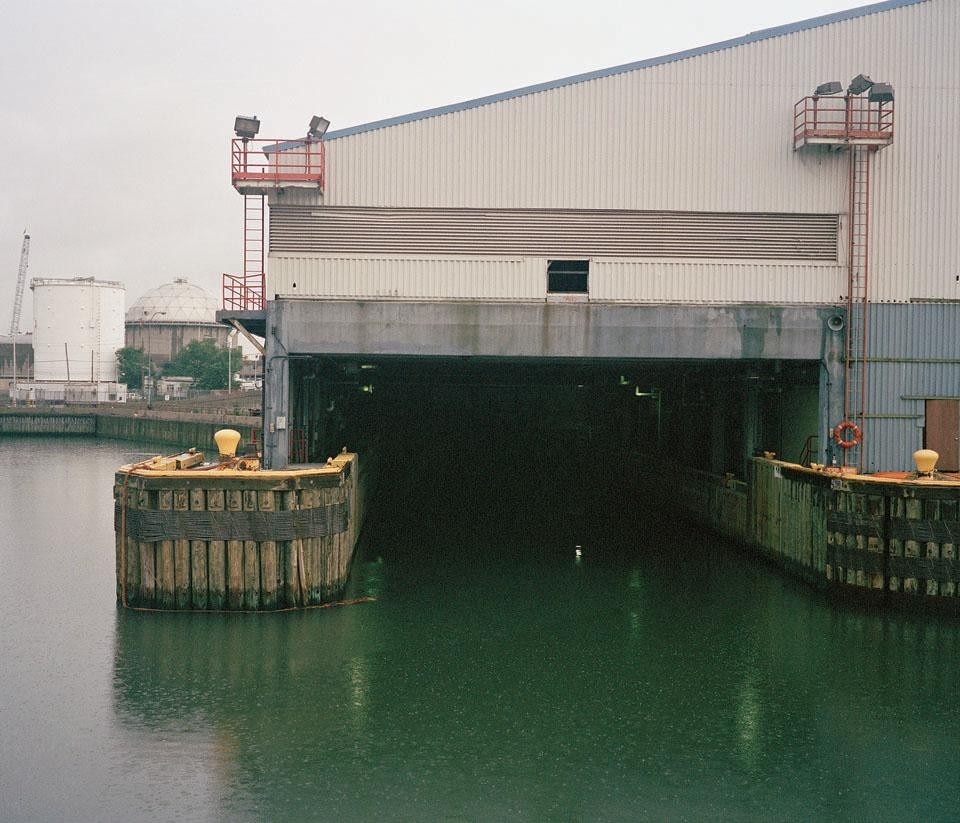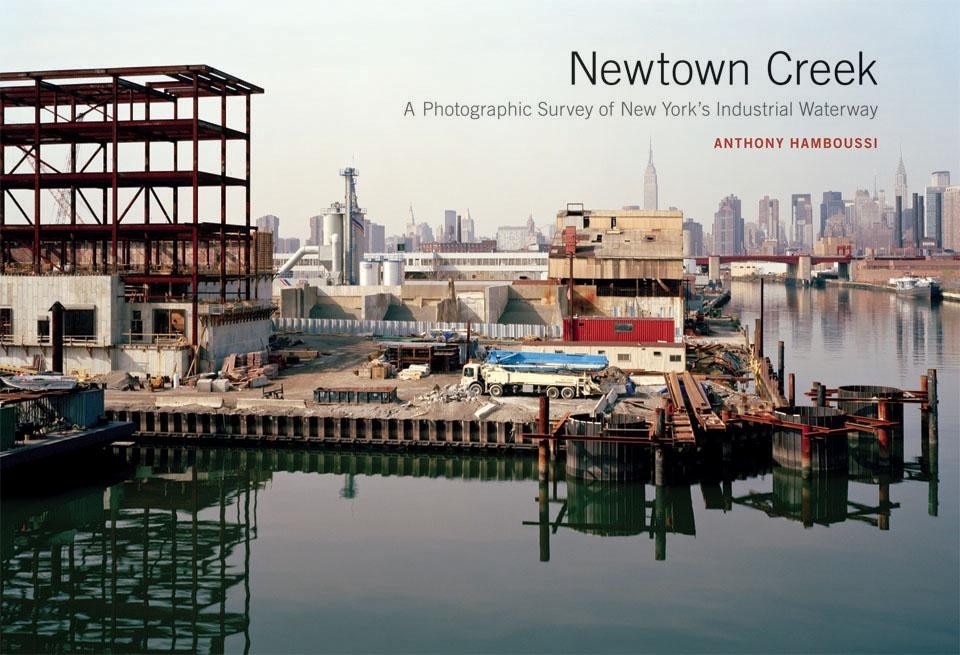Anthony Hamboussi's photographic survey of New York City's Newton Creek reveals a beautiful and bleak journey into the manufacturing and industrial landscapes that surround the waterway. Flowing into the East River, the canal marks a portion of the border between Queens and Brooklyn. Once one of the most thriving commercial shipping centers in the country, today Newtown Creek's polluted waters appear neglected and desolate, remaining largely unknown to most New Yorkers. Yet, Hamboussi's photos give a glimpse of the life behind the chained fences and windowless façades, subtly unveiling the activity and transformations that otherwise go unnoticed.
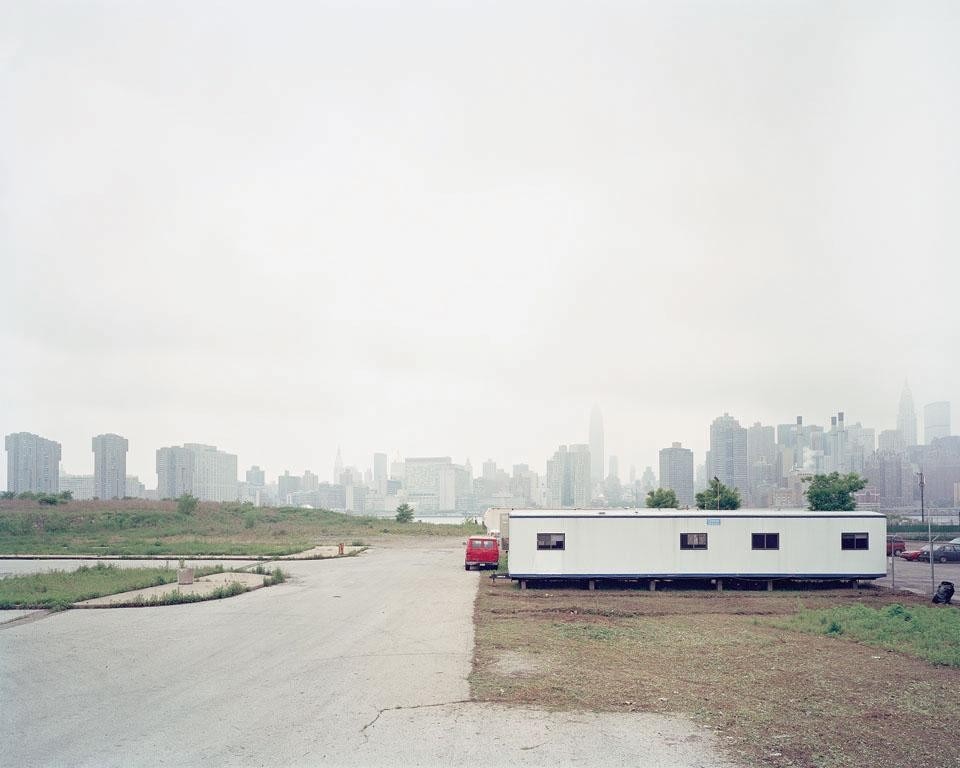
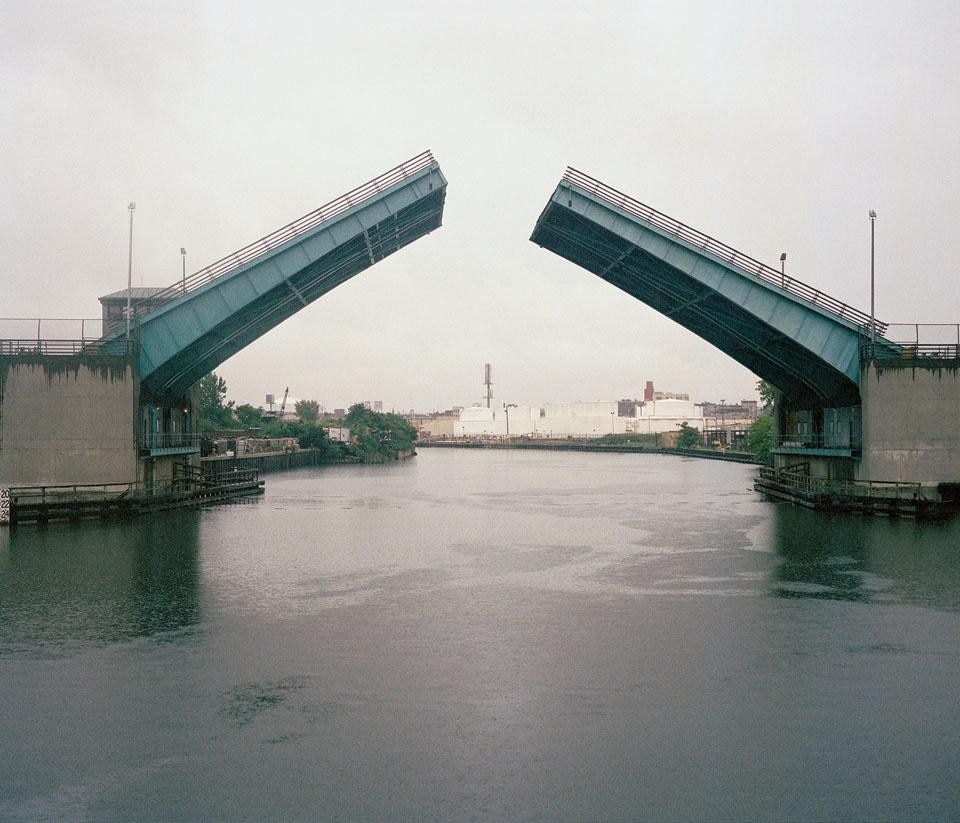
Although remarkably not a single person can be found in the images throughout the book, rather than seeming vastly deserted, these spaces seem active; you might assume that everyone is out to lunch. Trucks are parked outside warehouse doors, waiting to make their deliveries. Cranes are perched in the backgrounds, alluding to the destruction or construction of something new. In general, there is a sense that transformation is underway. Some images depict the derelict relics of industries long gone—at this point, nature taking over again as grasses and ivies infiltrate. Yet many of the images show the large amount of new construction that is materializing. Even those of demolished buildings suggest that something new will stand in their place in just a few years.
Hamboussi’s austere and gray images—a result of both the photographer’s preference for overcast skies and the concrete and steel that proliferate—depict a landscape that is easily overlooked, yet can reveal so much about the world we live in.
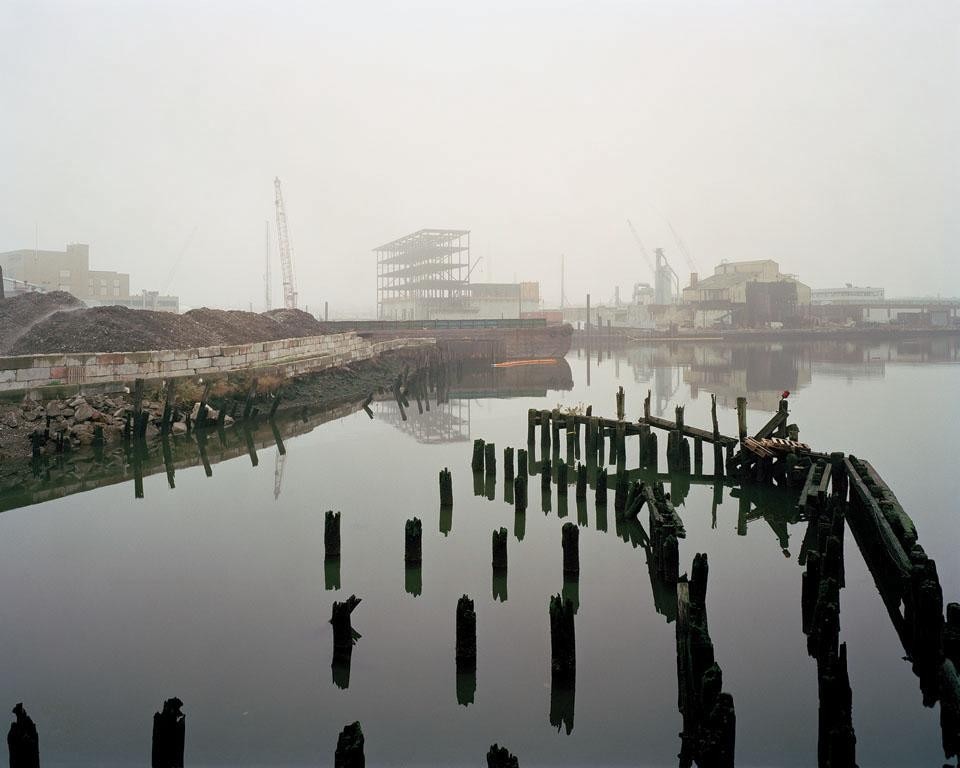
For now we can appreciate the industry, infrastructure and the resulting aesthetic that exists there currently. Hamoussi's austere and gray images—a result of both the photographer's preference for overcast skies and the concrete and steel that proliferate—depict a landscape that is easily overlooked, yet can reveal so much about the world we live in.
Leigha Dennis currently resides in New York while finishing her Architecture degree at Columbia University.
